
Camera in a clothes brush? And why not ...
Not so long ago in our blog we published an article with tips on how to find a hidden camera in a hotel room. Well, now - a story about the most unusual spy cameras of the past, starting from the 19th century.
As you can imagine, now the process of making a spy "bug" is nothing special. In the world of victorious semiconductors and digital technologies, you will not surprise anyone with the miniature size. But before, when the world was analog, making something miniature, especially a camera, was extremely difficult.
Automatique De Bertsch
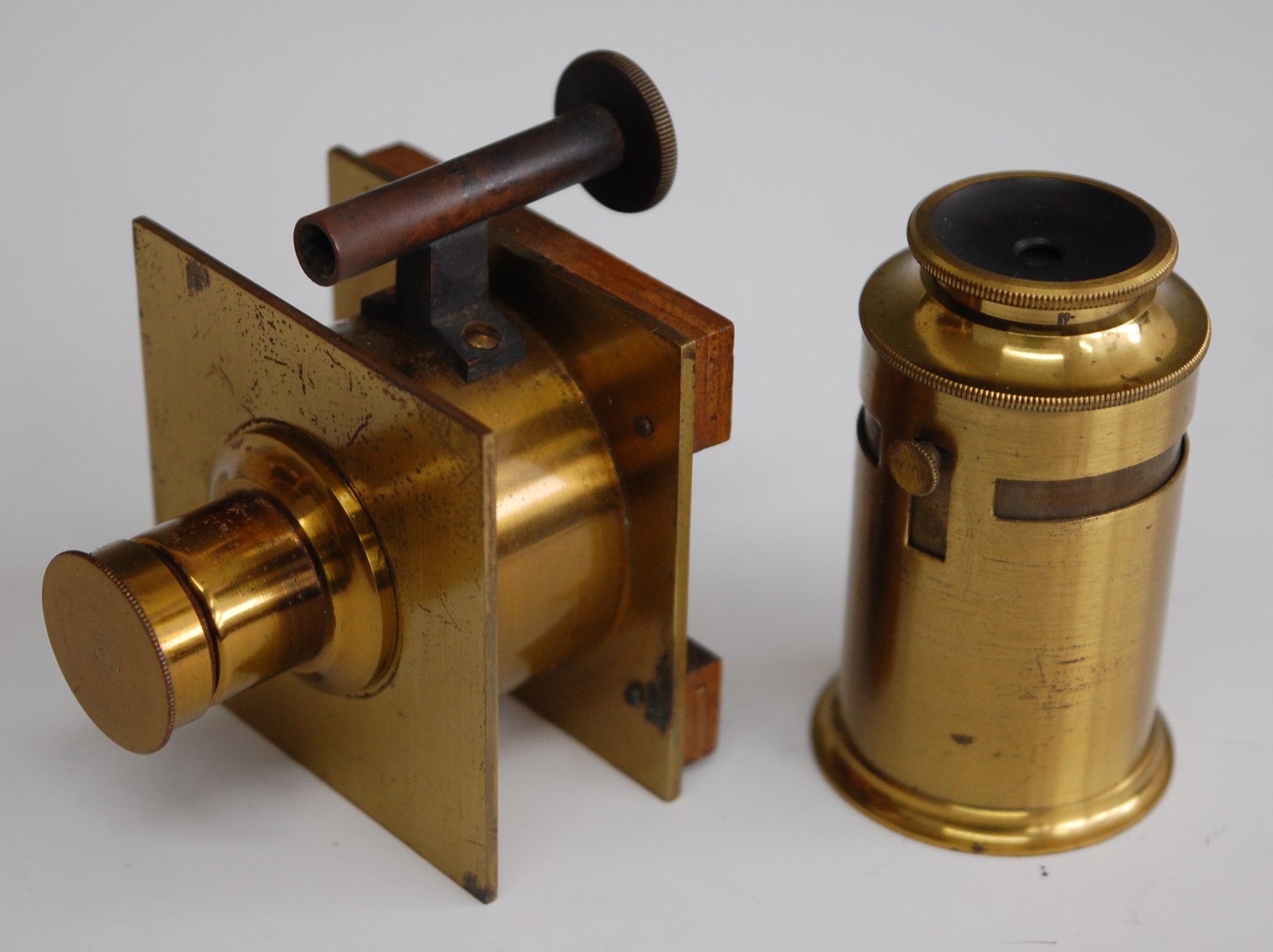
It is one of the first or even the first miniature camera to be manufactured in 1861 . Then the process of photographing required a fair amount of knowledge in photography and chemicals. The cameras were awkward and the photography took a long time.

Probably this French camera was made for the wow effect, not for spy cases. But as the first representative of miniature cameras, it is of great interest. It is a pity that the pictures taken with her help have not survived. By the way, its dimensions are 1 "* 1.5". Even now it is not much, but then it was a miracle in general.
Ticka Expo Watch

A very cool camera for its time. It was placed in a pocket watch case (the watch itself was fake and did not work). By the way, at first the manufacturer just released a camera in the watch case, and then added a dial.

Inside there was a special cassette with 17.5 film. Number of frames in a cassette - 25. Case size - 55 * 21 mm.
This miracle of technology cost $ 3.85 - not bad money at that time.
Ansco Memo
This camera was already more comfortable, and it appeared many years later - already at the beginning of the 20th century. Having appeared, she gained popularity among those who like to photograph quickly and discreetly. It could be put in a pocket and used when needed. The camera in the photo was made in 1927.
At first, its body was made of polished wood, then the wood was covered with leather. The camera allowed you to take 50 pictures.
ABC Wristwatch Camera
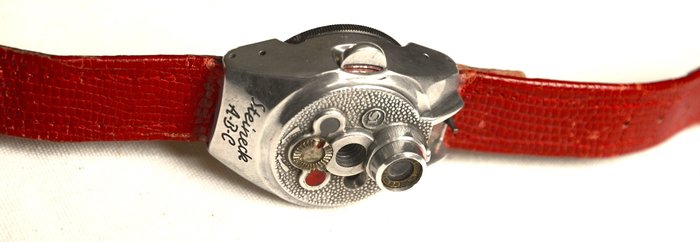
A wrist miniature camera that could easily become an accessory for agent 007. Made in 1949 in Germany. True, this miracle of technology does not look very much like a watch, upon closer examination it immediately becomes clear that this is a camera.
The real spies probably did not use a wrist camera, as the protruding lens immediately made it clear that there was a camera in front of you.
Echo 8 Lighter Camera
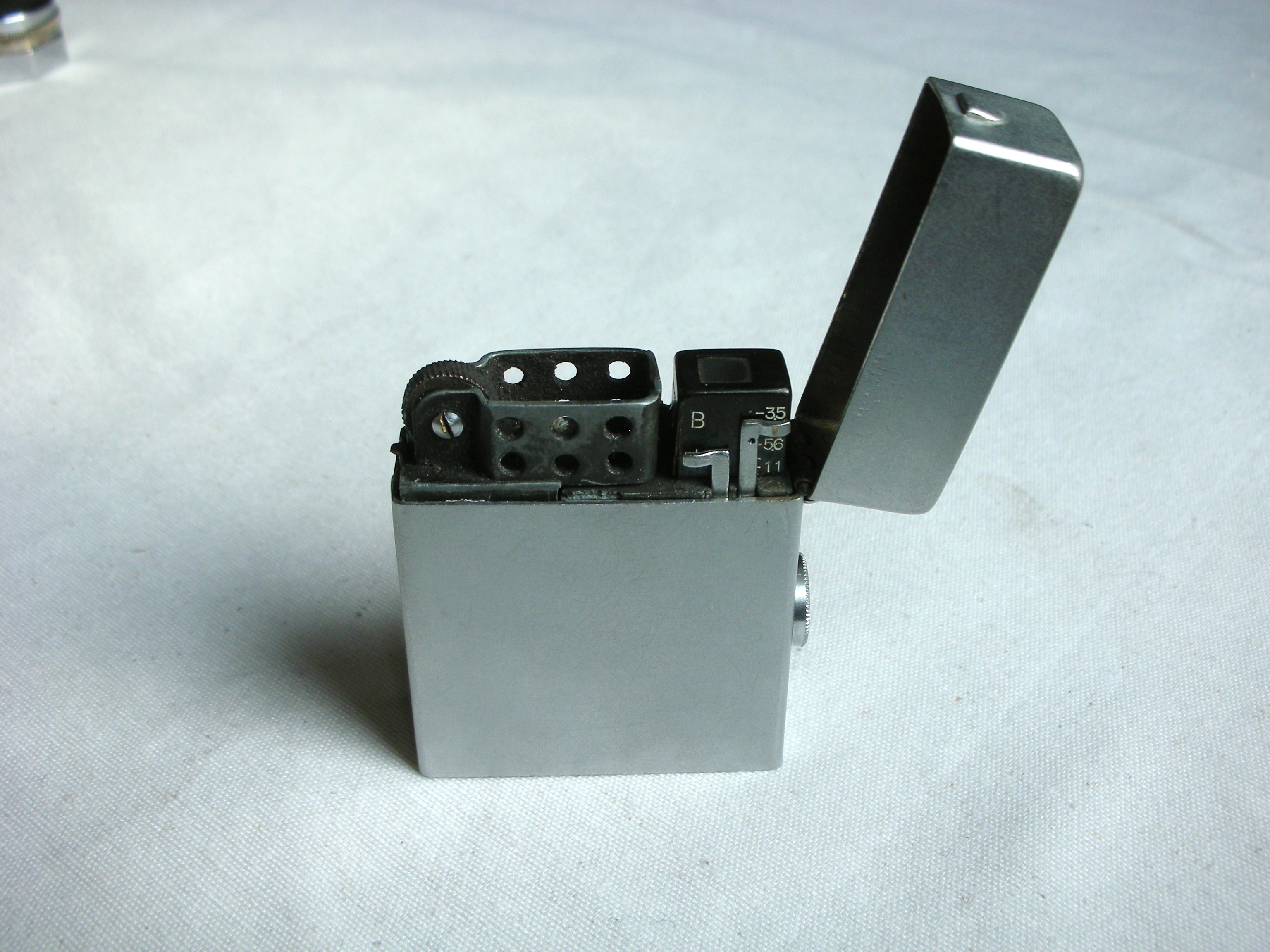
No wonder - just a camera in a fully functional lighter. Unlike all these fake watches, it was difficult to recognize a camera in such a thing. It was made in 1951, and, probably, it could well be used by spies. By the way, the camera shutter worked only after opening the lighter cover. So smoking was an integral part of the photography process.
Inside the lighter chamber was a cassette with an 8mm film. There were 20 frames 6 * 6 mm.
By the way, according to the owners of this camera, it is still not worth refilling the lighter - often the flammable liquid gets into the camera mechanism and spoils everything there. Such devices can no longer be restored .
Tessina 35

The camera fits perfectly into a cigarette box. It could be used in conjunction with a camera lighter - if one does not work, the other will definitely work. It was so successful that it was released for 38 years - from 1957 to 1996.
Then there was a continuous miniaturization, so that such devices became unnecessary. But one can only imagine how many thousands of frames were taken by spies and ordinary people during these 38 years.
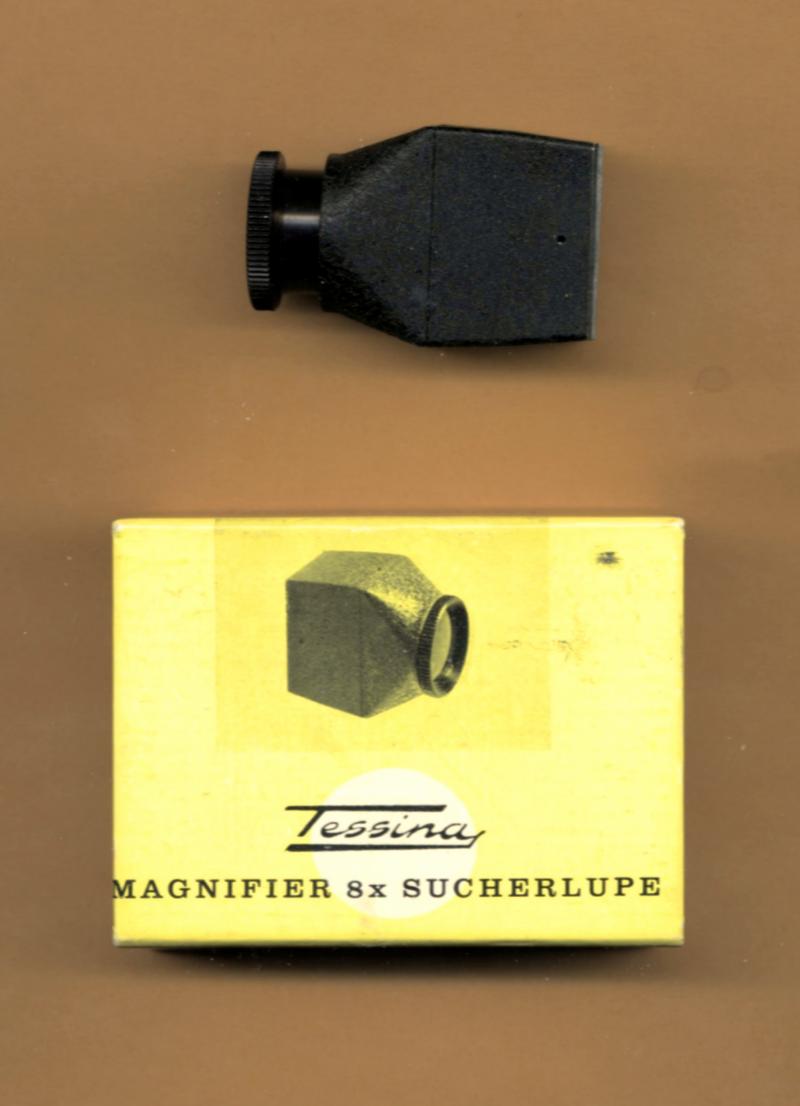
Various versions of the camera were produced, the manufacturer also supplied accessories - for example, an eight-fold zoom lens.
Pigeon camera
An extremely unusual device that was attached to a carrier pigeon. It was relatively heavily used for aerial photography from the 1940s to the late 1950s. Over time, the need for such a device faded away, as aviators could take much better pictures.

By the way, this is not a mid-century invention. The German pharmacist Julius Neubronner developed the pigeon shooting technology back in 1907. He used birds to deliver drugs and along the way developed a camera that took pictures at regular intervals.
Neubronner received a patent for his invention, so he can rightfully be considered the founder of "bird aerial photography", a technology that was also used for peaceful purposes.
In 1931, another man, the Swiss watchmaker Christian Adrian Michel, adapted Neubronner's camera to 16mm film. He also improved the mechanism for controlling the delay before the first shot and rewinding the film between frames.
Buttoned camera
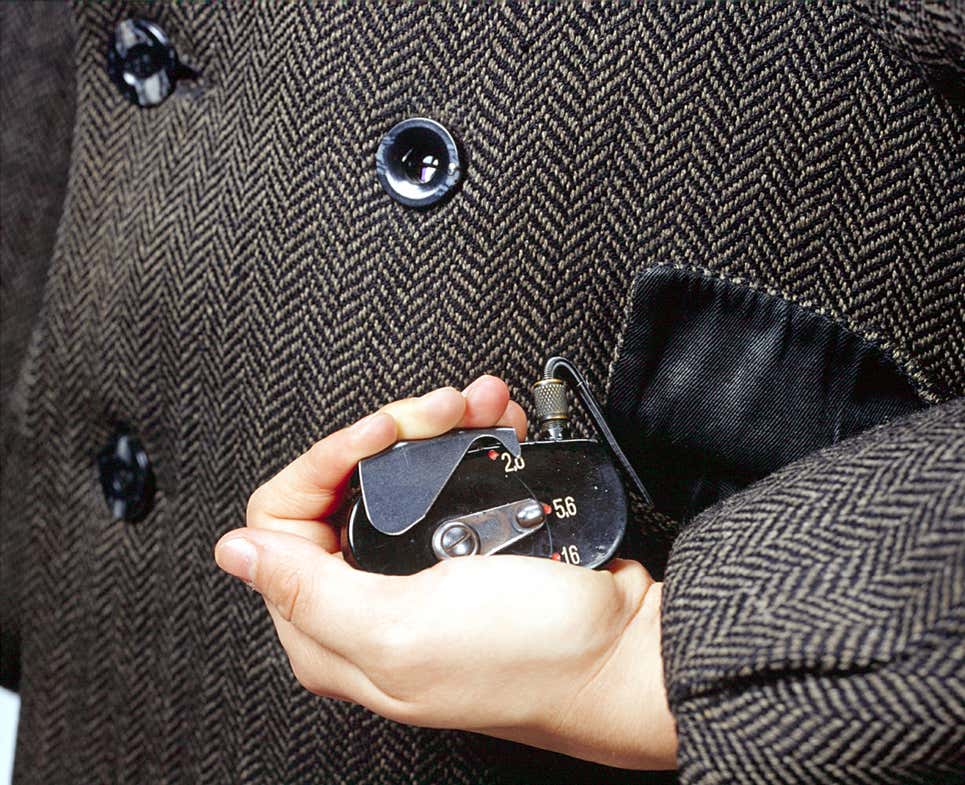
Quite an unusual camera, which was also used by spies. As far as is known, such devices were used both in the USSR and in the USA and Europe. Despite the name, the camera did not fit into a button - the lens was located there. A miniature camera was already located behind the hollow coat. She did not show her presence in any way, since she was very small in size. But the control mechanism was placed in a pocket.
By the way, now there are also such cameras, they look something like the one shown below.
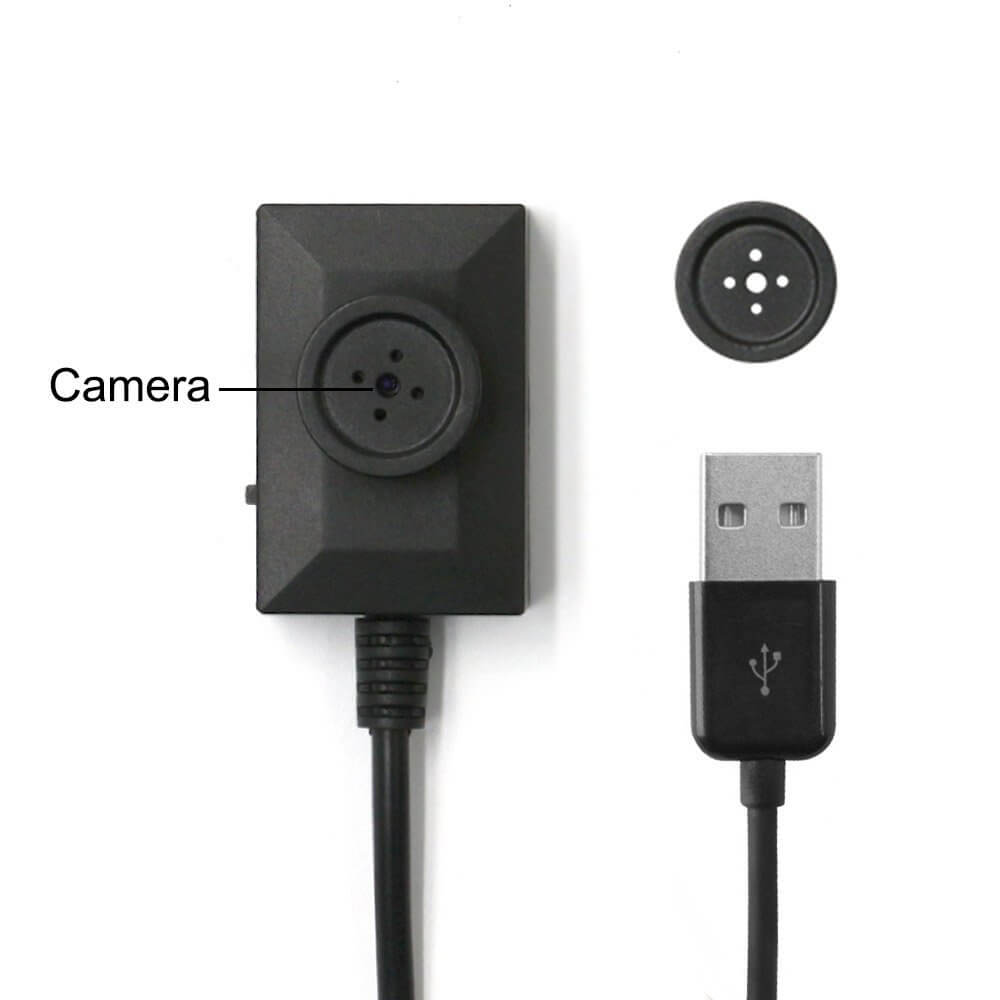
And this is a common user device. One can only imagine the degree of secrecy of real spy cameras in a button.
Micro cameras

Well, that is, in reality, these were microcameras, in which microfilm of amazingly small dimensions was used. The frame fit in an area of 1 mm2. Even the most thorough examination will not find such a film, since all this could be hidden in any objects. The film could have been sent in a letter - no one would have found it with perlustration. And cassettes with such films were attached to the same pigeons.

Pictures taken with such a camera could only be viewed under a microscope - there was no other way.
What now?

The flight of thought of modern engineers is not limited by anything - fortunately, digital technologies can do everything or almost everything. But there are especially unusual inventions. For example, a camera mounted on a radio-controlled cockroach or other insect. Not so long ago, scientists have developed a project for a video camera, the weight of which is only 248 mg. But this is no longer a photo, but a full-fledged video camera capable of broadcasting a video stream for a couple of hundred meters.
True, it doesn't look very practical. Probably, the project is a proof of concept, since it is difficult to imagine the practical benefits of a huge darkling with a camera on its back. Such a "system" rather refers to an anti-spyware technique.
